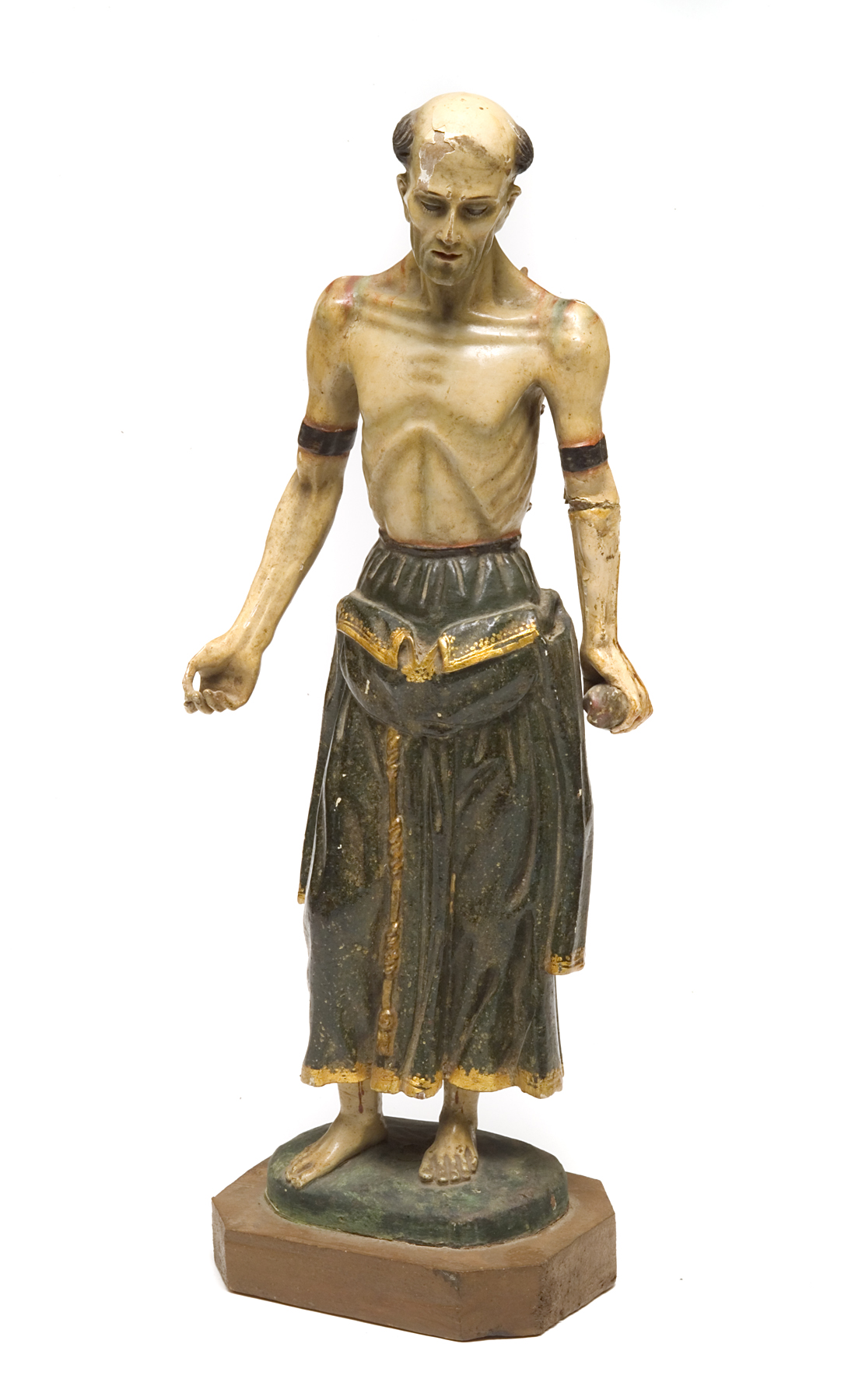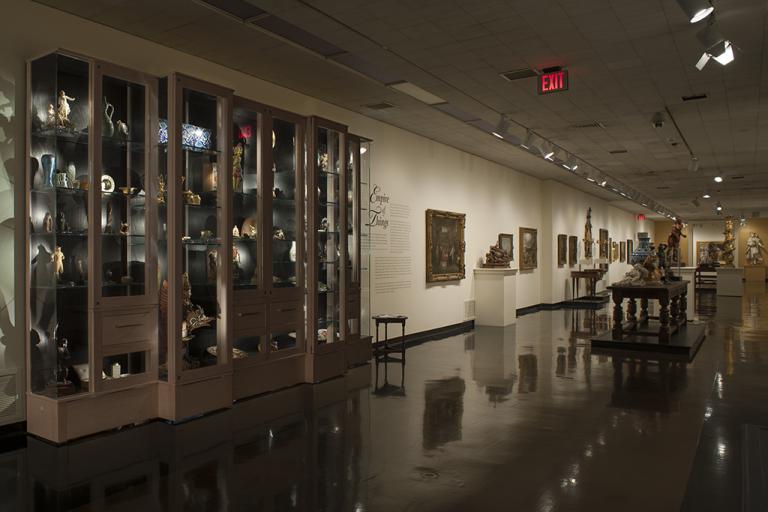flagellant, unknown maker from Venezuela
Artwork Overview

flagellant
, 1800s
Where object was made: Venezuela
Material/technique: carving; wood; gilding; paint
Credit line: Transferred from the University of Kansas Natural History Museum
Accession number: 1948.0023
Not on display
If you wish to reproduce this image, please submit an image request


